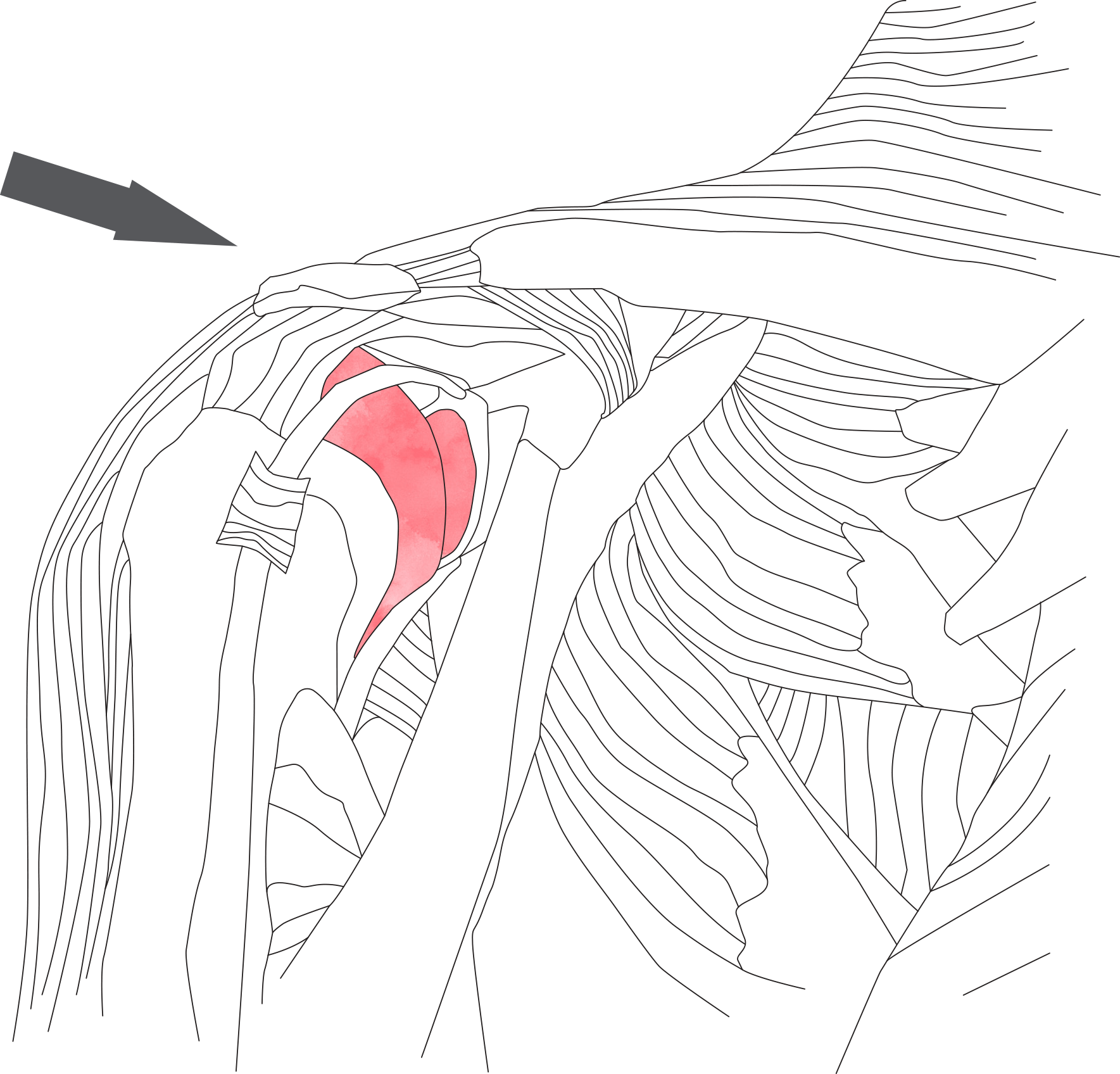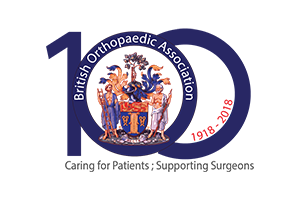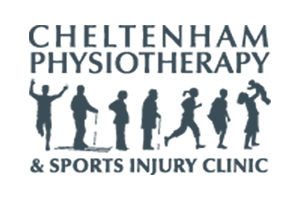Traumatic Anterior Dislocation is most commonly seen in young males, however, it can affect anyone that suffers a high energy traumatic injury to the shoulder.
Typically, the shoulder dislocates forwardly due to an injury. The shoulder will often need to be put back into the joint under an anaesthetic at a hospital emergency department. After the dislocation, a sling is usually recommended for the first few days until the pain settles. Physiotherapy helps with the recovery, however, physiotherapy treatment doesn’t make a significant difference to the likelihood of dislocation reoccurrence.
The main problem that people have after the shoulder dislocates is that they are at a high risk of redislocation or of instability episodes. The likelihood of redislocation is determined by two factors – age and activity levels. The younger the patient is when dislocation to the shoulder occurs, the more likely it is to redislocate. Similarly, the more active a patient is, the more likely the shoulder will redislocation.
We know that if you are under 19 years old and if you remain active after dislocating your shoulder then your chance of redislocating your shoulder is 90%. If you are under 15 years old the redislocation risk appears to be 100%. As you get older the risk decreases so that if you are 40 years old your risk of redislocation decreases to about 33%.
Treatment is essentially surgical. A good physiotherapy rehabilitation programme helps, however, there is no evidence that rehabilitation reduces the risk of redislocation substantially.
Surgery involves repairing the structures that have been torn when the shoulder dislocated. In 95% of anterior dislocations, the cartilage at the front of the shoulder (the labrum) tears, allowing the dislocation to occur. Rarely the rotator cuff tendons tear. in some cases, the capsule of the shoulder joint tears away from the humerus and this is called a HAGL lesion. An MRI will normally be able to show which structures have torn.







